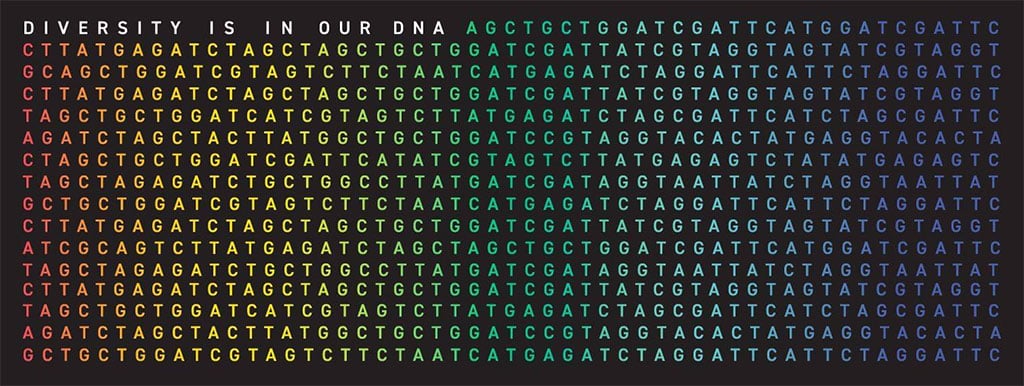4 Top Emerging Technologies

- Bioplastics for a Circular Economy: In 2014 alone, industry generated 311 million metric tons of plastics, an amount expected to triple by 2050.Yet less than 15% of it is recycled.
Biodegradable plastics can ease this problem, contributing to the goal of a “circular” plastic economy in which plastics derive from and are converted back to biomass.
However, the options currently available – mostly made from corn, sugar cane, or waste fats and oils – generally lack the mechanical strength and visual characteristics of the standard kinds.
Recent breakthroughs in producing plastics from cellulose or lignin (the dry matter in plants) promise to overcome those drawbacks. Chrysalix Technologies, a spin-off from Imperial College London, has developed a process that uses low-cost ionic liquids to separate cellulose and lignin from starting materials.
A Finnish biotechnology company, MetGen Oy, produces a number of genetically engineered enzymes that cleave lignins of different origins into components needed for a wide range of applications.
And Mobius is developing lignin-based plastic pellets for use in biodegradable flower pots, agricultural mulches and other products.
- Social Robots: Social robots are filling an ever-expanding variety of roles. A 47-inch humanoid called Pepper (from SoftBank Robotics), for instance, recognizes faces and basic human emotions and engages in conversations via a touch screen in its “chest”. About 15,000 Peppers worldwide perform services such as hotel check-ins, airport customer service, shopping assistance and fastfood checkout.Temi (from Temi USA) and Loomo (Segway Robotics) are the next generation of personal assistants – like Amazon Echo and Google Home but mobile, providing a new level of functionality. Loomo, for instance, is not only a companion but also can transform on command into a scooter for transport.
Worldwide sales of consumer robots reached an estimated $5.6 billion in 2018 and the market is expected to grow to $19 billion by the end of 2025, with more than 65 million robots sold a year.
This trend may seem surprising given that multiple well-funded consumer robot companies have failed. But a wave of robots is lining up to take the place of defunct robots, including BUDDY (Blue Frog Robotics), a big-eyed mobile device that plays games in addition to acting as a personal assistant and providing home automation and security.
- Collaborative Telepresence: Imagine a group of people in different parts of the world smoothly interacting as if they were physically together, down to being able to feel one another’s touch.
The components that will enable such “collaborative telepresence” could transform how we work and play together, rendering physical location irrelevant.
Just as video-calling apps such as Skype and FaceTime have made what was once the domain of business widely accessible to consumers, and massive multiplayer online games have radically altered how people interact on the internet, collaborative telepresence could transform how people collaborate virtually in business and beyond.
Medical providers, for instance, will be able to work remotely with patients as if they were in the same room.
And friends and families will be able to enjoy shared experiences, such as being together in a cosy room or touring a new city, even though they are not actually in the same place.Progress in several realms has made this prospect feasible.
Augmented reality (AR) and virtual reality (VR) technologies are becoming capable and affordable enough for widespread adoption. Telecom companies are rolling out 5G networks fast enough to handle masses of data from advanced sensor arrays without lag times.Innovators are perfecting technologies that enable people to physically interact with remote environments, including haptic sensors that make it possible to feel what their robotic avatars touch. Microsoft and other companies are already investing in technologies that are expected to underpin a multibilliondollar industry by 2025.
And the XPRIZE Foundation has launched the $10 million ANA Avatar XPRIZE competition to kick-start technologies that will “transport a human’s sense, actions and presence to a remote location in real time, leading to a more connected world”.
- DNA Data Storage: Every minute in 2018, Google conducted 3.88 million searches, people watched 4.33 million videos on YouTube, sent 159,362,760 emails, tweeted 473,000 times and posted 49,000 photos on Instagram.By 2020, an estimated 1.7 megabytes of data will be created per second per person globally, which translates into about 418 zettabytes in a single year (418 billion one-terabyte hard drive’s worth of information).
The magnetic or optical data-storage systems that currently hold this volume cannot last for more than a century.
We are about to have a serious data-storage problem that will only become more severe over time. Progress is being made in an alternative to hard drives: DNA-based data storage.
DNA – which consists of long chains of the nucleotides A, T, C and G – is life’s informationstorage material.
Data can be stored in the sequence of these letters, turning DNA into a new form of information technology.
It is already routinely sequenced (read), synthesized (written to) and accurately copied with ease. DNA is also incredibly stable, as has been demonstrated by the complete genome sequencing of a fossil horse that lived more than 500,000 years ago.
And storing it does not require much energy.
DNA can accurately stow massive amounts of data at a density far exceeding that of electronic devices. The simple bacterium Escherichia coli (E. coli), for instance, has a storage density of about 1019 bits per cubic centimetre. At that density, all the world’s current storage needs for a year could be well met by a cube of DNA measuring about one metre on a side.Researchers at the University of Washington and Microsoft Research have developed a fully automated system for writing, storing and reading data encoded in DNA. A number of companies, including Microsoft and Twist Bioscience, are working to advance DNA-storage technology.
With the words of Mariette DiChristina ( Editor-in-Chief, Scientific American ) and Bernard S. Meyerson ( Chief Innovation Officer, IBM Corporation ) in their publication “Top 10 Emerging Technologies 2019” for the World Economic Forum.
Written by Policy Factory™
Have you read?
# Global Passport Ranking, 2019.
# The World’s Top 100 Most Successful Unicorns, 2019.
# GDP Rankings Of The World’s Largest Economies, 2019.
# Most Expensive Countries In The World To Live In, 2019.
Add CEOWORLD magazine to your Google News feed.
Follow CEOWORLD magazine headlines on: Google News, LinkedIn, Twitter, and Facebook.
This report/news/ranking/statistics has been prepared only for general guidance on matters of interest and does not constitute professional advice. You should not act upon the information contained in this publication without obtaining specific professional advice. No representation or warranty (express or implied) is given as to the accuracy or completeness of the information contained in this publication, and, to the extent permitted by law, CEOWORLD magazine does not accept or assume any liability, responsibility or duty of care for any consequences of you or anyone else acting, or refraining to act, in reliance on the information contained in this publication or for any decision based on it.
Copyright 2024 The CEOWORLD magazine. All rights reserved. This material (and any extract from it) must not be copied, redistributed or placed on any website, without CEOWORLD magazine' prior written consent. For media queries, please contact: info@ceoworld.biz
SUBSCRIBE NEWSLETTER








